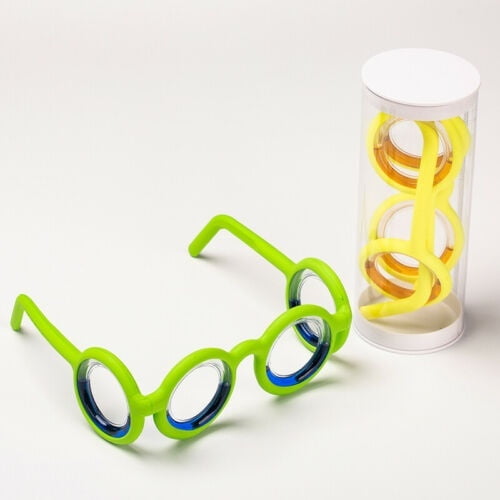
This is why sometimes you might have trouble adjusting to new glasses. When you put on glasses, the size of your visual world changes (getting bigger or smaller depending on whether you are far or near sighted), and your brain has to recalculate the ratio between the amount of head movement and the amount of eye movement. Your brain calculates this ratio and remembers it. If you turn your head so many degrees, your eyes have to turn just the right amount to keep your gaze steady. A ratio exists between the amount of head movement required for stability of gaze (what you are looking at). When you walk, your head moves up and down, but your visual world stays stable. This control is called the vestibular ocular reflex (VOR) and is easily demonstrated during walking. One of the functions of the vestibular system is to control eye positions so that when your head moves, your eyes can automatically stay fixed on something you want to look at. This is really quite disabling and needs a fair amount of intervention to reduce this sensitivity.

Visual vertigo was first defined by Bronstein (1995) who wrote an article listing the situations which cause problems: passing trains passing pedestrians flickering light intolerance of scrolling on visual display units (VDUs) – some people, for example, can’t use their computers for more than 10 minutes without feeling sick.

Some people may experience vertigo as a result of being overstimulated by complex visual environments where there is a lot of movement.


 0 kommentar(er)
0 kommentar(er)
